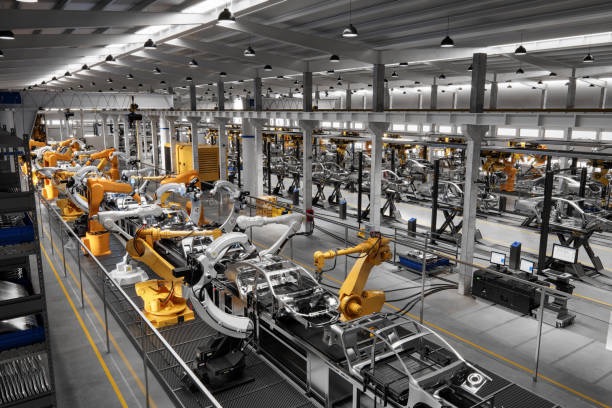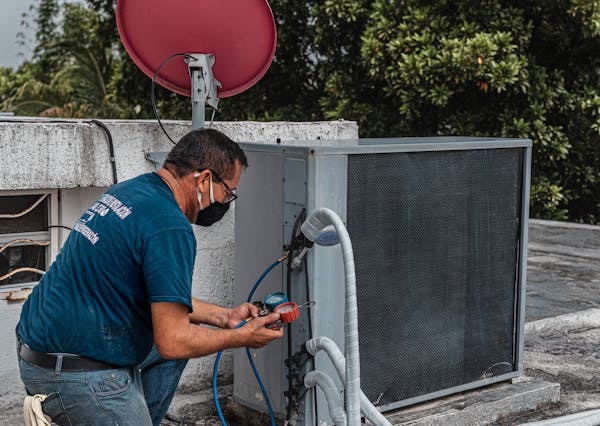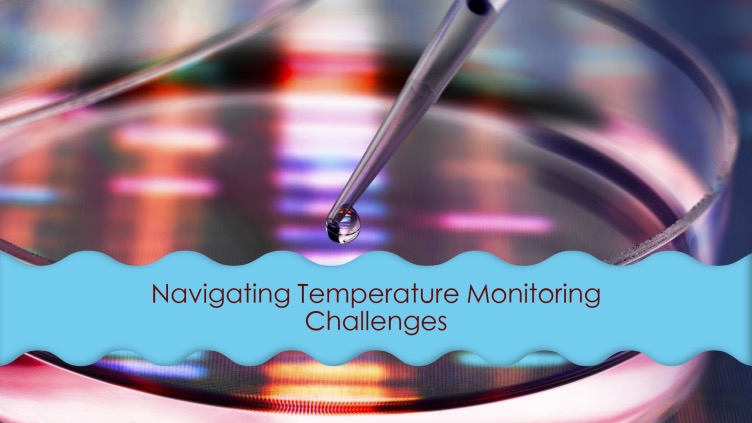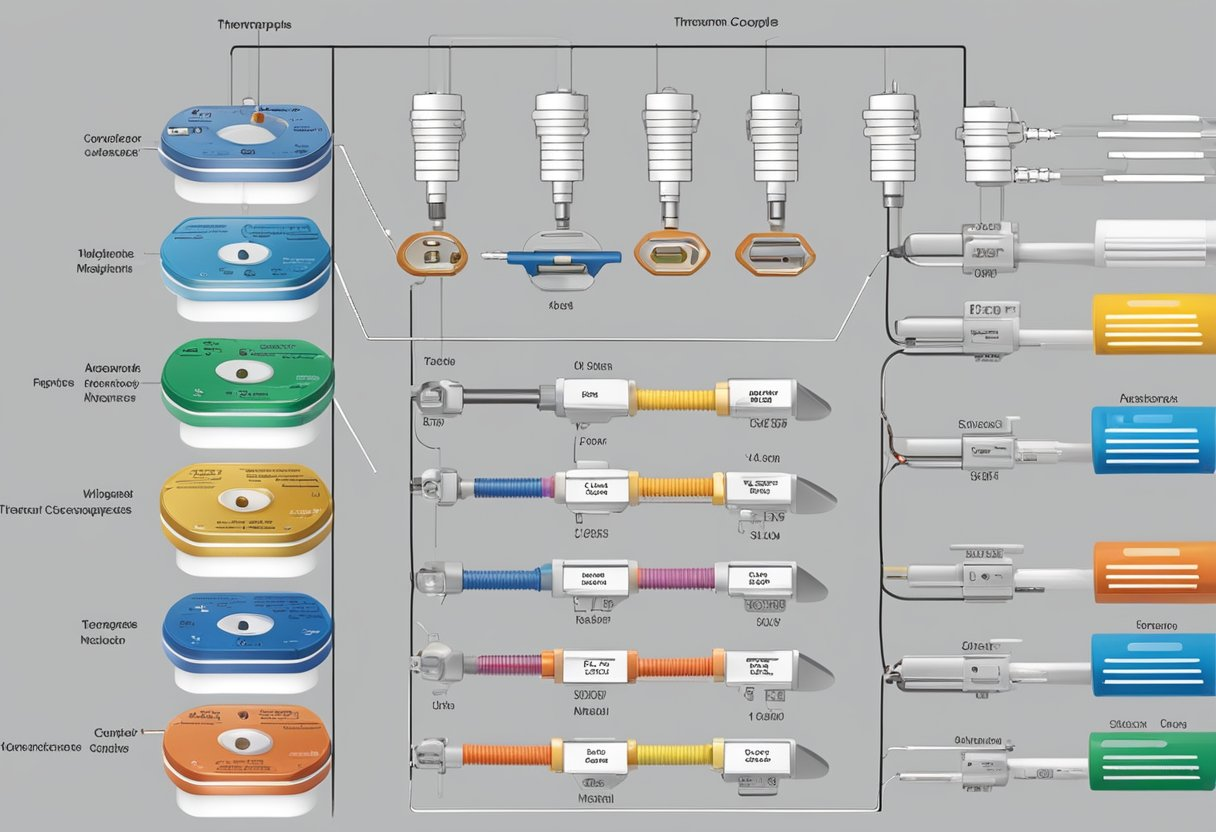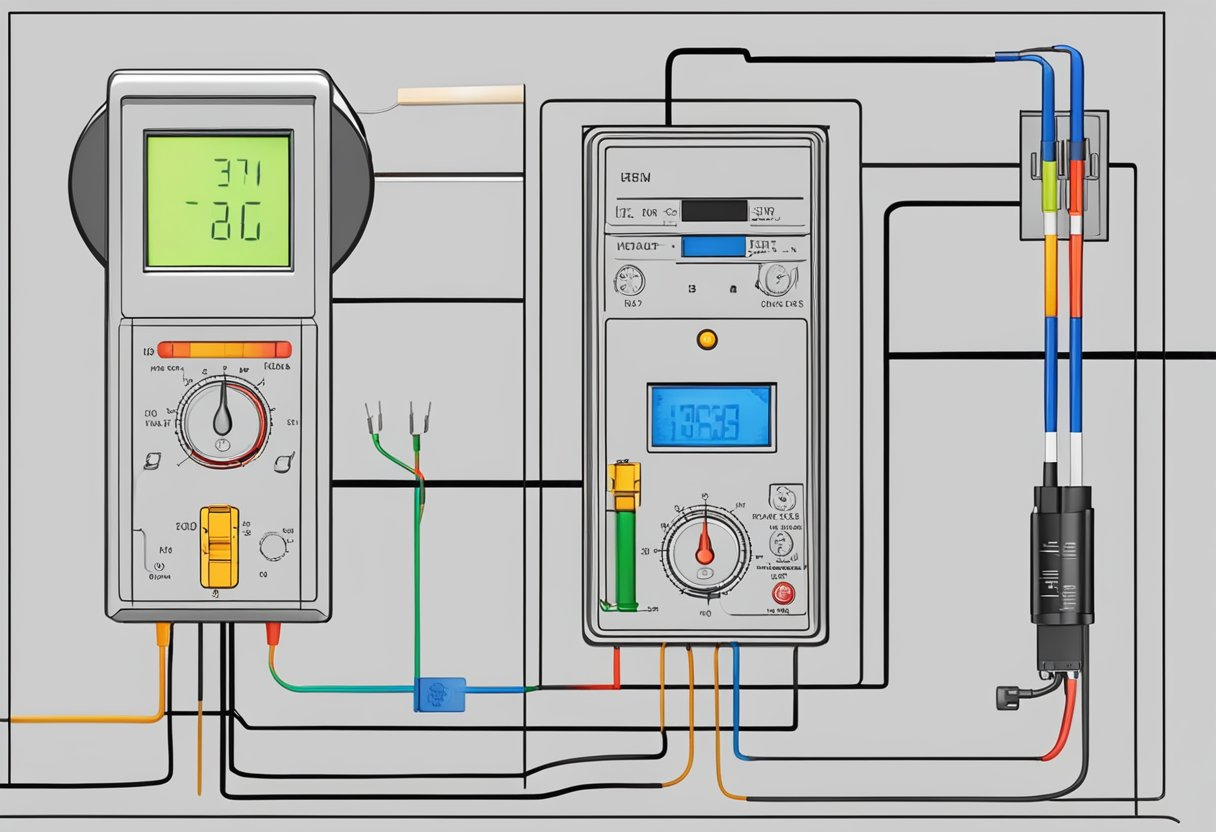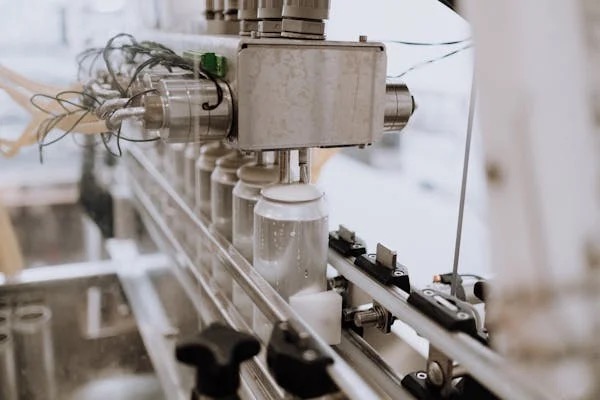
The Engineer’s Guide to Preventing PT100 Sensor Failures in High-Vibration Environments
When it comes to temperature measurement in industrial settings, PT100 sensors are renowned for their accuracy, stability, and wide temperature range. However, in high-vibration environments—such as manufacturing plants, automotive testing, or heavy machinery—these sensors can face significant challenges that lead to premature failure or measurement inaccuracies. In this guide, we’ll explore the common causes of PT100 sensor failures in high-vibration environments and provide actionable solutions to ensure reliable performance and longevity. Whether you’re an engineer, a procurement manager, or a system integrator, this guide will help you optimize your temperature measurement systems. Why PT100 Sensors Fail in High-Vibration Environments 1.


